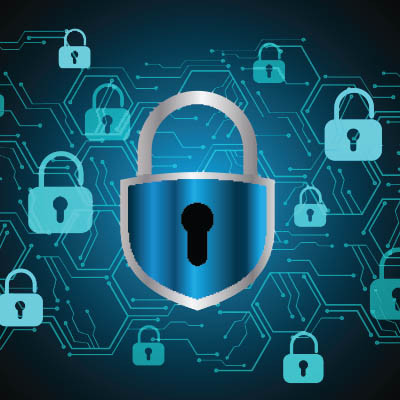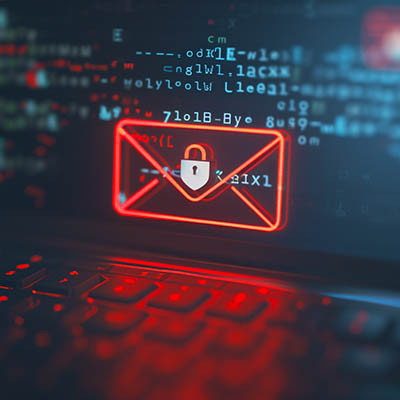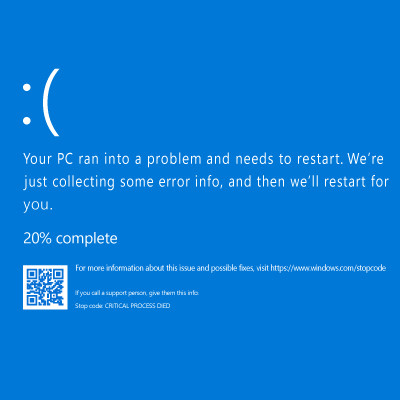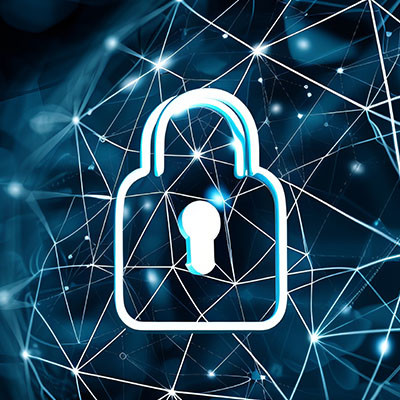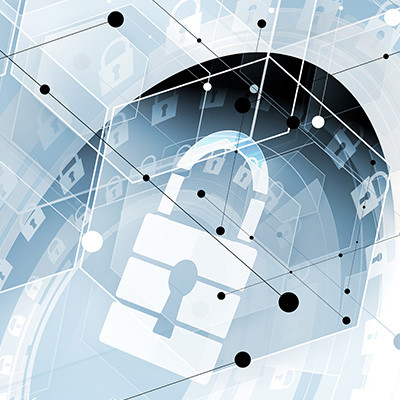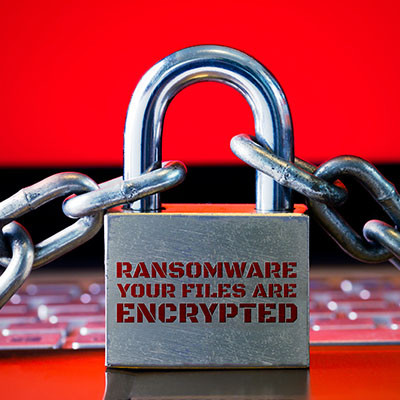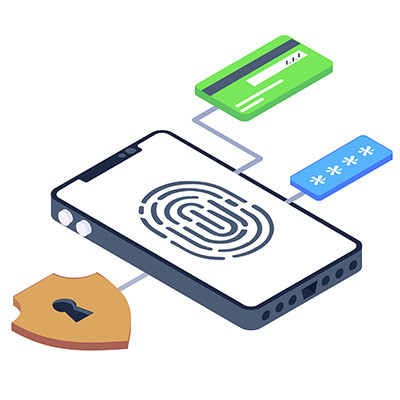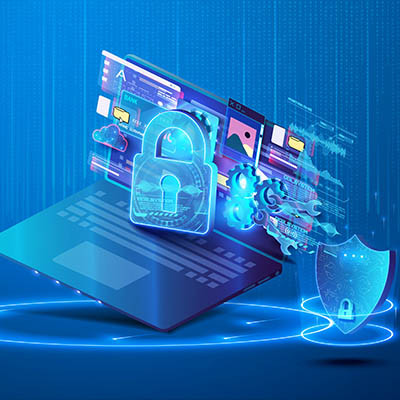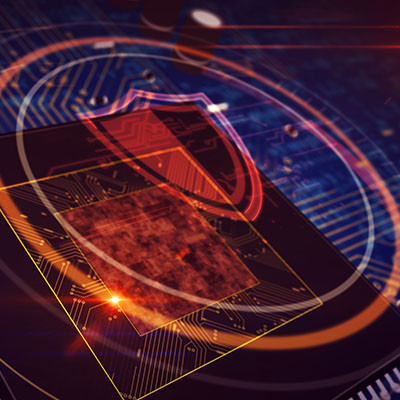Let’s imagine that your business has a hidden back door—one that your building manager doesn’t even know exists—and that door leads straight into the heart of your office. By the time someone finds out that door exists, someone could have snuck in to wreak all kinds of havoc, unbeknownst to you. This is what is known as a zero-day threat; it’s a security vulnerability that is being actively exploited in the wild, one that was previously unknown to the vendor and unpatched against, and it’s a serious problem for any SMB.
Indevtech Blog
When considering the strengths of shapes, the triangle is generally considered the strongest, its three vertices creating the optimally stable configuration. The same can be said of your business’ approach to cybersecurity. The difference is that, instead of three equal legs working together to support whoever is seated on a stool, your business’ cybersecurity relies on equal investment in three key areas: your people, your processes, and your technology.
Let’s talk about how this holistic approach puts your business in the best position to stay secure, and where many organizations fall short.
Imagine leaving the physical doors of your business unlocked overnight. The thought is unsettling, isn't it? You wouldn't risk your assets, your hard work, and the trust of your clients like that. That's precisely the risk many small to medium-sized businesses (SMBs) unknowingly take by underestimating the importance of cybersecurity.
Let’s explore just how important proper cybersecurity truly is.
With remote workers, you have a lot more questions to consider on a daily basis, especially in the realms of productivity and security. If you’re not careful, you could put your business at risk. Here’s how you can face these challenges head-on and ensure your organization doesn’t suffer any negative side effects of remote work.
Have you ever thought about whether a hacker could secretly read your emails with your clients and coworkers? If you handle your own email system, it's really important to know about email encryption. Encryption helps keep your emails safe and private so you can focus on running your business without worrying about hackers.
Here are three big problems you could face if you don’t encrypt your emails:
Cybersecurity is a major part of business computing today, mainly because there are so many threats. Cybersecurity professionals and network administrators must innovate to confront these threats. This month, we thought we would review three of these innovations to give you an idea of what is being done to help businesses handle the rough-and-tumble cybersecurity landscape.
July 18th, 2024 saw one of the most widespread and devastating outages in recent memory, as a global update from cybersecurity company CrowdStrike brought about significant impacts to major infrastructures and societal needs. All this occurred even though only 1% of Windows operating systems experienced the issue.
Firewalls are stalwarts in network security. They serve as a protective barrier between trusted internal networks and potentially hazardous external ones, such as the vast expanse of the Internet. Essentially, they act as vigilant gatekeepers, scrutinizing each packet of data attempting to traverse their domain. Let’s briefly discuss the diverse types of firewalls and their pivotal roles.
Are you prioritizing your business’ network security? It’s remarkably important that any modern business focuses its efforts on this aspect of running a company. Still, it can be challenging to implement the right tools for the job—particularly if you are a future-minded business. You want to get the best return on your investment, which makes sense. Let’s help you get there.
Network security is complicated, and as such, you need to have considerable knowledge of it to ensure that your business is as secure as possible against the plethora of threats out there. Thankfully, you don’t have to do it alone. We want to give you some insight into the dos and don’ts of network security.
Email is complex, despite all appearances. It’s easy to overlook its complexities when you log into your account and it just works. However, you’ll need to ensure that your email is managed properly, as well as secured with protective measures for the underlying technology. Let’s go over some of the more effective methods you can use to keep your infrastructure secure from all types of threats, whether they are visible or hidden.
Passwords, as annoying as they are sometimes, are the front line of defense to almost every account and profile your business depends on. That doesn’t stop security professionals from trying to develop better strategies to secure digital systems. Some of the biggest names in tech are searching for ways to forge ahead passwordless. Let’s take a look at one example that has drawn the attention of the tech community.
For quite a while it took an actual disaster to encourage business leaders to allocate any time and money to put towards cybersecurity. Many businesses still don’t, in fact. Those that have, while absolutely prudent in their use of resources to help ward off security problems, may forget that there are still things that need to be done aside from employee training to keep their security up. Let’s go through a few things that every organization should be doing to maintain the security of their information systems.
When dealing with business computing, there are many situations where threats could potentially ruin the good thing you’ve got going. Today, a lot of businesses are getting much more serious about their IT security with what is known as a “zero-trust policy”. What exactly is a zero-trust policy? This month we will explain it.
When it comes to your network and its security, you cannot give all of your users access to all of your assets. It’s just not a good practice, and doing so can potentially put your resources at risk. Let’s discuss how network segmentation can make a world of difference for the integrity of your network and the data found on it.
If Edgar Allan Poe worked in an office, here’s what one of his works would sound like:
True!—nervous—very, very dreadfully nervous I have been and am, but why will you say that I am mad? The office had sharpened my senses—not destroyed—not dulled them. Above all was my sense of hearing. I heard all things in heaven and on earth and many things in…the other place. So, how then am I mad, especially when I can so healthily and calmly tell you this story?



